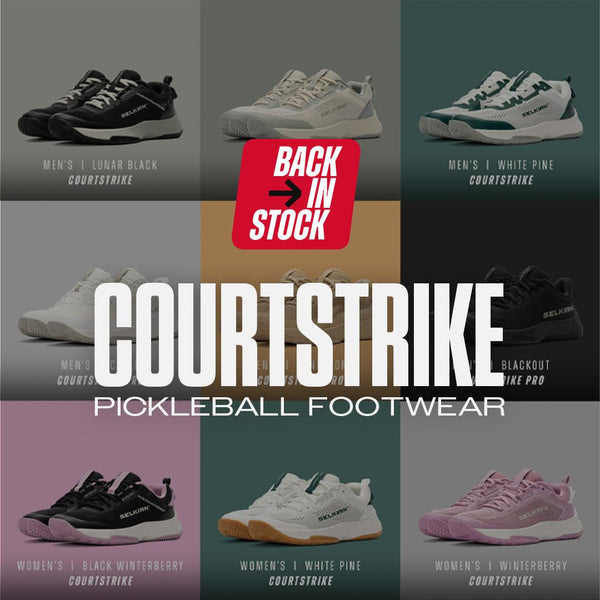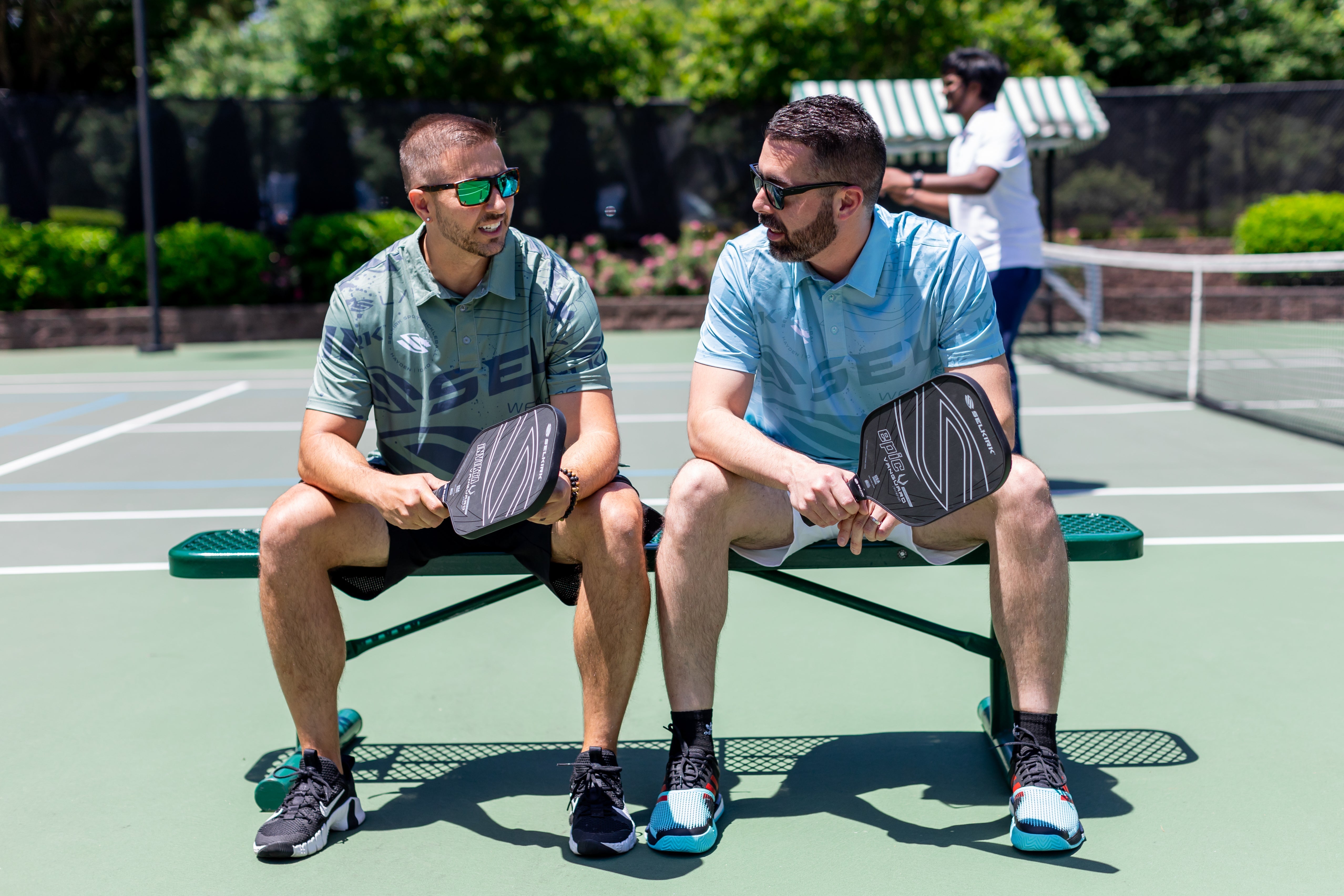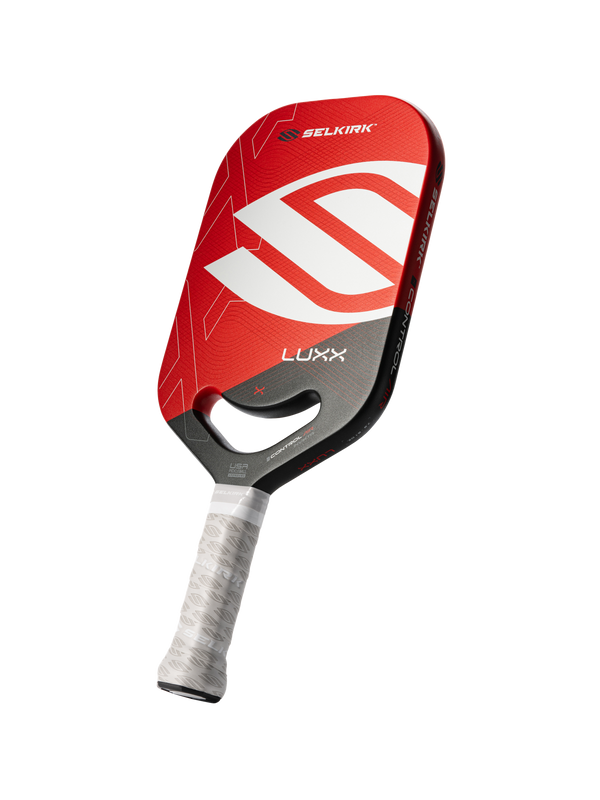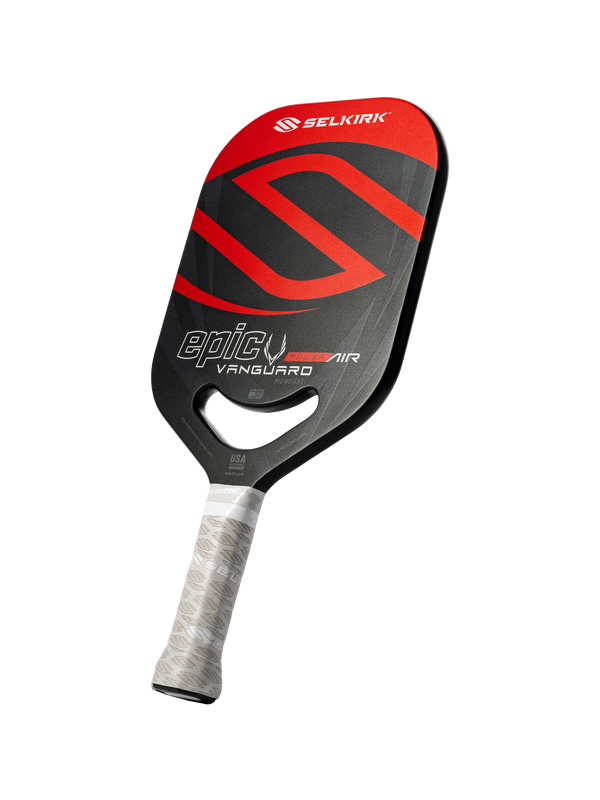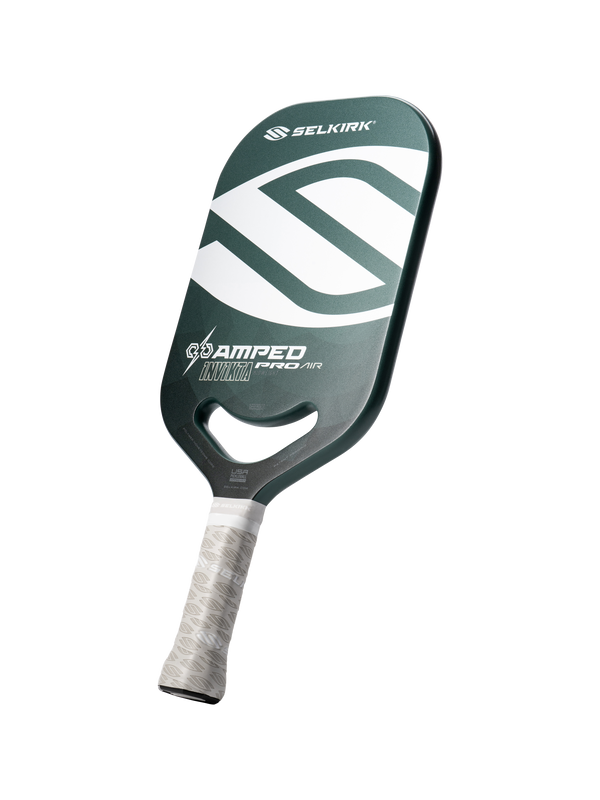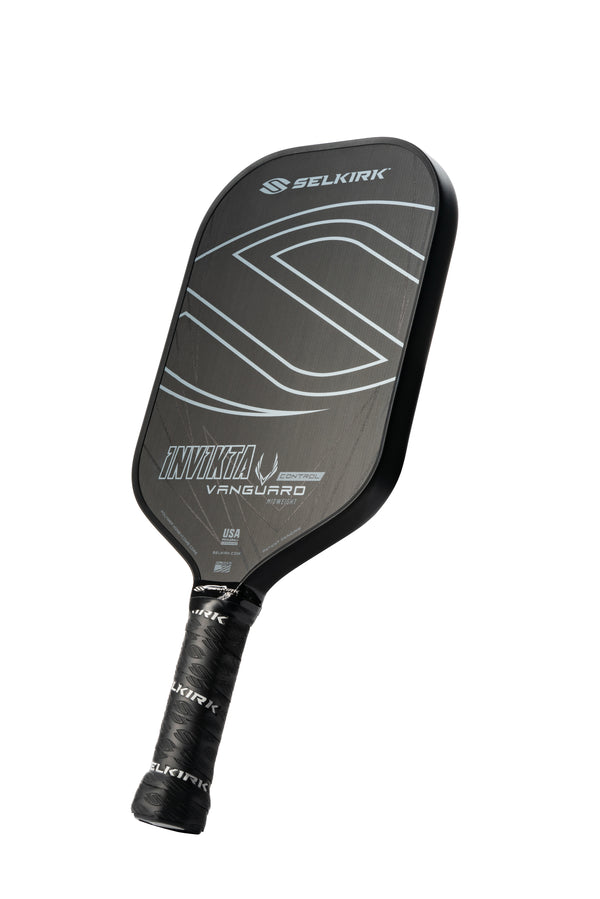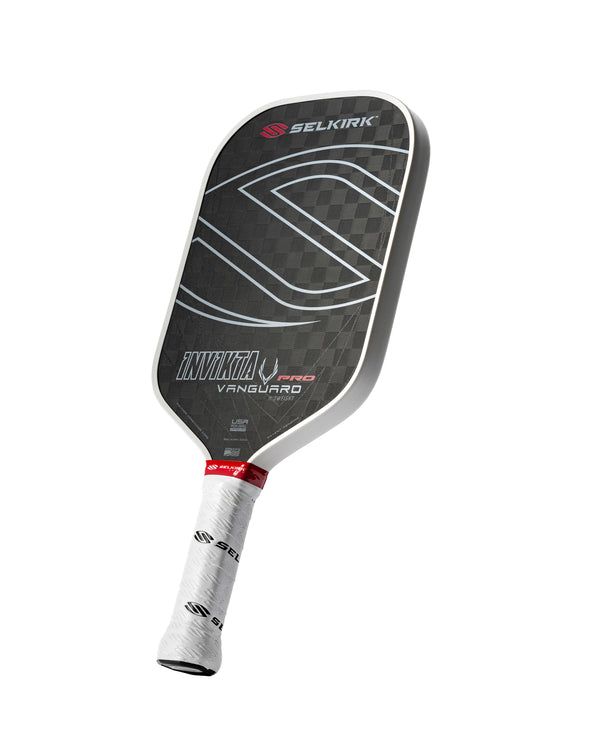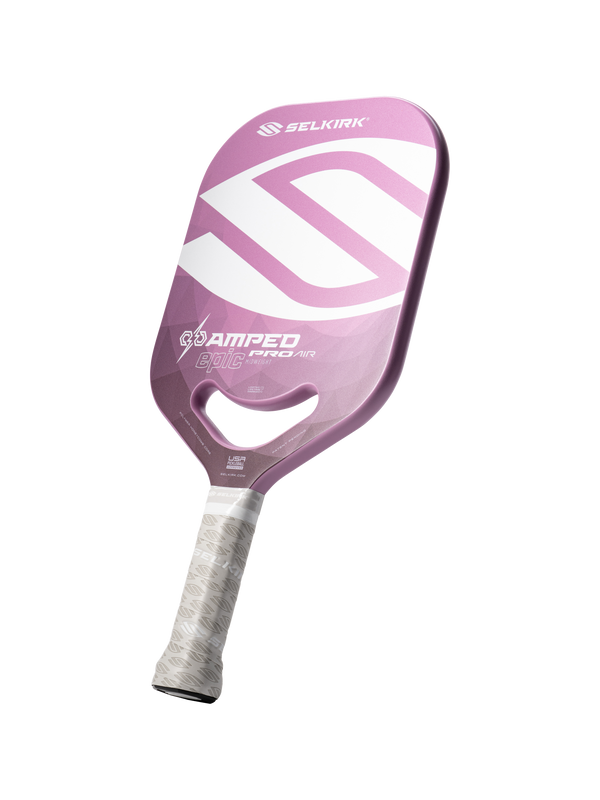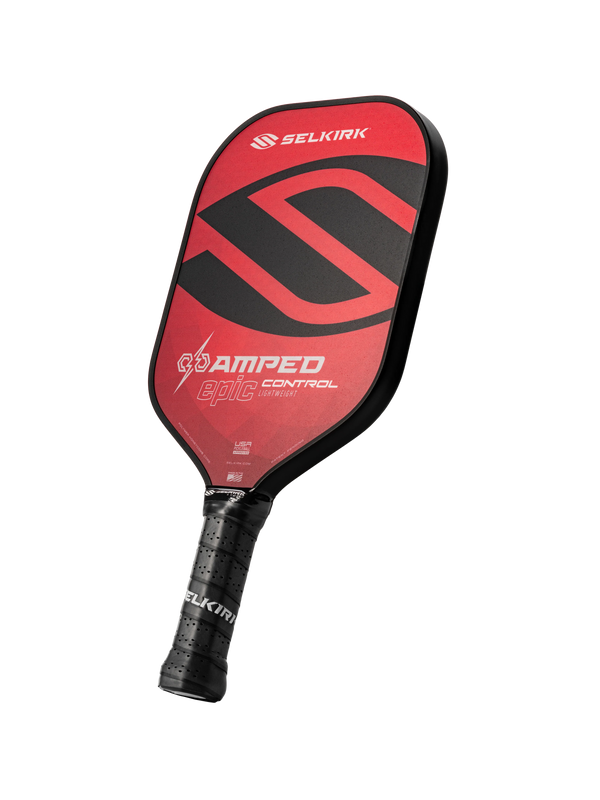Picture this: you're mid-rally in a heated pickleball match, eyes locked on the ball, adrenaline high, when suddenly, another player runs onto your court chasing their stray ball.
You lunge for your shot, but your foot catches the unexpected intruder’s leg, and both of you go down. What could’ve been a great point turns into a twisted ankle — or worse.
This type of scenario happens far too often on busy courts. Although it might seem harmless to sprint after a runaway ball or cut through someone else's court between games, doing so is a safety hazard and a breach of basic pickleball etiquette.
Let’s talk about how to handle these situations — both as the player on the receiving end and as someone trying to prevent accidents before they happen.
Why running on someone else's court is dangerous
Due to limited infrastructure, pickleball courts are often tight, high-energy spaces. At any moment, four players may be in motion, tracking the ball, setting up shots, and moving quickly in response to their partner or opponent.
When someone enters that space unexpectedly — whether chasing a ball or trying to retrieve it mid-point — they're introducing a major safety risk.
Collisions, falls, and distractions can result from a single misstep. Even if no one gets hurt, interrupting play can cause frustration and unnecessary tension.
Court space should be treated with the same respect as a live lane of traffic — crossing it without permission just isn’t safe.
What to do if your ball rolls onto another court
If your ball gets away from you and enters another active court, do not run after it. Instead, follow standard pickleball etiquette:
-
Wait for the point to end.
-
Call out clearly, “Ball on!” This alerts players to stop play safely.
-
Wait for members of the other court to retrieve and return the ball to you.
Chasing a wide ball near another court? Proceed with caution
If you’re going for a wide ball and you’re getting close to the edge of your own court or entering the space of another game:
-
Know your boundaries. If the ball is heading toward another court, consider letting it go. No point is worth an injury.
-
Slow down as you near the sideline. Momentum is powerful, and pulling up just short of another court is better than crashing in.
It’s OK to be aggressive, but never at the expense of another group’s safety or enjoyment.
How to tell someone not to come into your space —without starting a feud
Sometimes, even after an incident or two, other players may not realize the importance of staying off your court. Here’s how to handle it diplomatically:
-
Start with empathy. Assume they didn’t mean harm:
“Hey, I know it's easy to chase the ball instinctively, but when you ran onto our court during the point, it almost caused a collision.” -
Explain the etiquette.
“If a ball goes into another court, the safest thing is to wait and call 'Ball on.' We’ll stop our point and send the ball back.” -
Emphasize the safety risk.
“We’ve seen people trip and fall because of stuff like this — it’s just not worth the risk.” -
If it keeps happening, loop others in.
If the issue persists, talk to a group of regulars or the site coordinator, if there is one. Having a few other voices can reinforce the message without escalating the situation.







